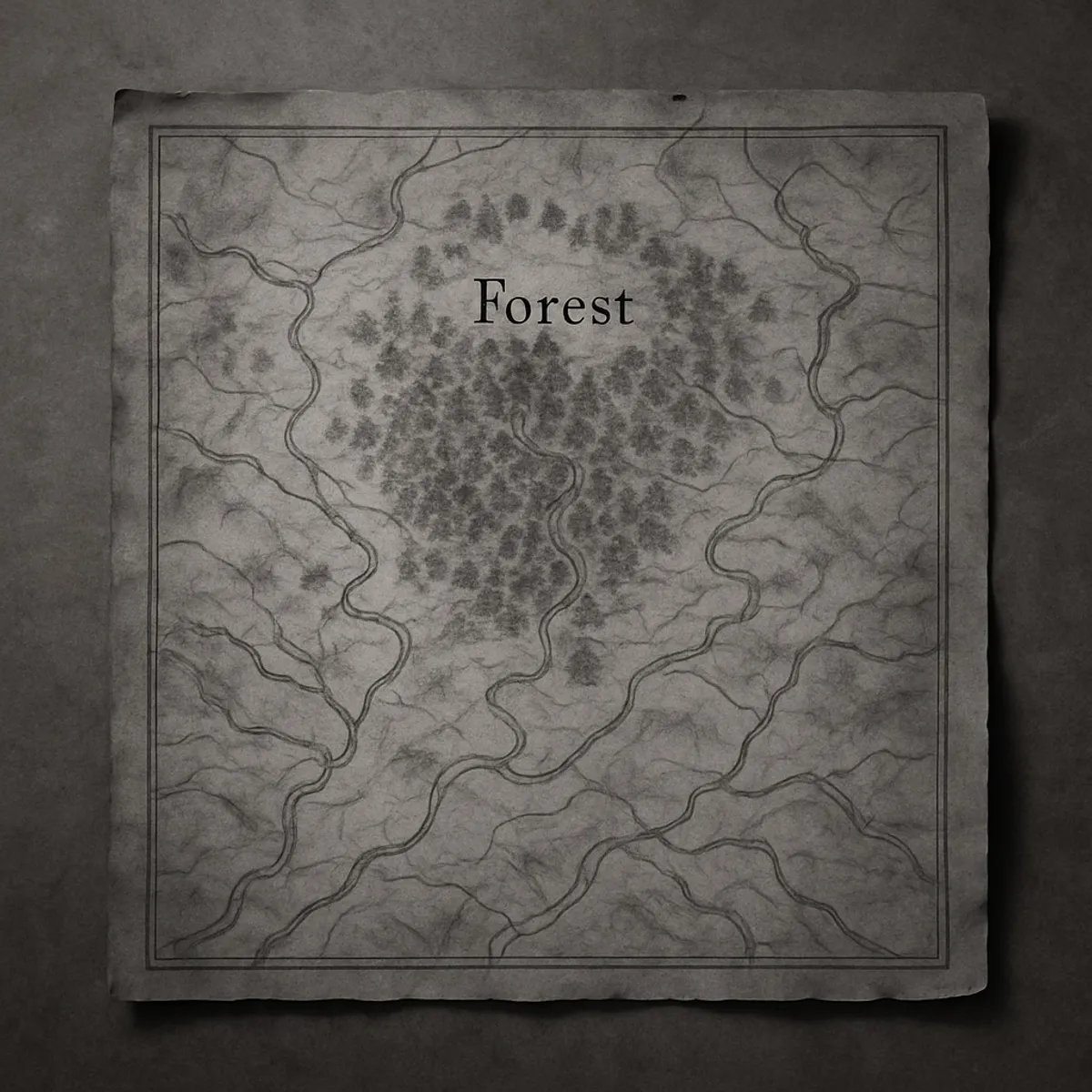
The Risk of Attachment
- David Hamilton
- June 30, 2025
- 4 mins
- Relationships
- ancient community featured
Imagine standing at the mouth of a dark forest. You’ve heard the old stories: there are beasts in there, and shadows that swallow the unwary. But there are also treasures, guides, revelations waiting in the tangled branches.
This is the mythic shape of attachment.
Becoming attached — truly letting someone matter — is, in many ways, the most dangerous step a human can take. We cross the threshold out of the safe clearing of self-sufficiency and into a world where our hearts can be broken, our hopes betrayed, where we risk losing ourselves in someone else’s story.
But here’s the truth every old tale whispers: the forest is also where we become real.
Historically, humans understood this. We wrapped the peril of attachment in shared rituals and communal myths — marriage wasn’t just a private promise but a covenant witnessed by the tribe. Grief was not a solitary path but a sacred procession, marked by laments and mourning songs. Communities held us as we journeyed through love and loss, offering a map, a set of symbols that said: you are not alone in this dark wood.
In our modern Western culture, we often forget the forest is real. We tell people connection is their choice — a matter of personal preference, private and unbound. But then, when the wolves come, when betrayal or death or drifting apart pierce the heart, we have no village to return to, no shared myths to help us make sense of the pain.
So what can we do now?
We can begin by reclaiming the old wisdom: that the journey into attachment is the journey of becoming. We can build small communities of shared commitment — friends who gather around a table, not just to consume but to witness each other’s becoming. We can revive ritual, however humble — lighting candles for the living and the dead, creating moments where our bonds are named, honored, and grieved when they’re gone.
Because in every myth, the hero who enters the dark forest never emerges unchanged. And so it is with us.
Attachment will wound us — it always does — but it will also shape us, deepen us, make us more human, more real. That is the risk. That is the gift.
And that is the path through the forest we all must walk.
⸻
Practical Steps for Someone Feeling the Risk of Attachment
-
Name the Forest You’re In. Write a short list or paragraph: What am I afraid of when I get close to people? What past hurt do I still carry? What do I believe will happen if I trust again? Naming your fears doesn’t make them disappear, but it gives you a lantern in the dark.
-
Map a Circle of Care. Draw a simple circle on paper. Who’s in your life right now? Put people close to the center if they feel emotionally safe, and farther out if they feel more distant or conditional. Don’t judge what the map looks like — just see it. You might be surprised where love actually lives.
-
Build a Small Ritual of Attachment. Pick one small practice to offer consistent presence to someone — even if it’s just a weekly text, a standing check-in, or a shared memory you write down and send them. The goal isn’t to fix the relationship but to choose intentional visibility.
-
Create a ‘Grief and Grace’ Journal. In one column, write down the things you’ve lost or feel betrayed by — whether in friendships, parenting, or faith. In the next, write one small place where grace or beauty showed up anyway — a grandchild’s laughter, a story shared, a moment someone surprised you with kindness. Let both truths sit side by side.
-
Tell One Person the Truth — Just One. Choose someone who feels even mildly trustworthy, and tell them a little more than you usually do. Not everything. Not your whole soul. Just enough to move one brick from the wall. This is your first step back toward the village.
-
Write a Letter to the You That Loved Bravely. There was a version of you — maybe recently, maybe long ago — who gave someone your trust. Even if it ended badly, write them a letter of compassion. Remind them it wasn’t stupid. It was brave. And it made you more human.
-
Find or Build a Campfire. Whether it’s a support group, a spiritual community, or just a standing coffee date, look for (or create) a place where people tell the truth about what hurts and what matters. This is your practice ground for the forest.
⸻
Let the final words of the essay echo here: You don’t have to walk into the forest alone. But even if you do, may you carry the memory that others have walked it too — and found their way not by certainty, but by something else… courage? faith?